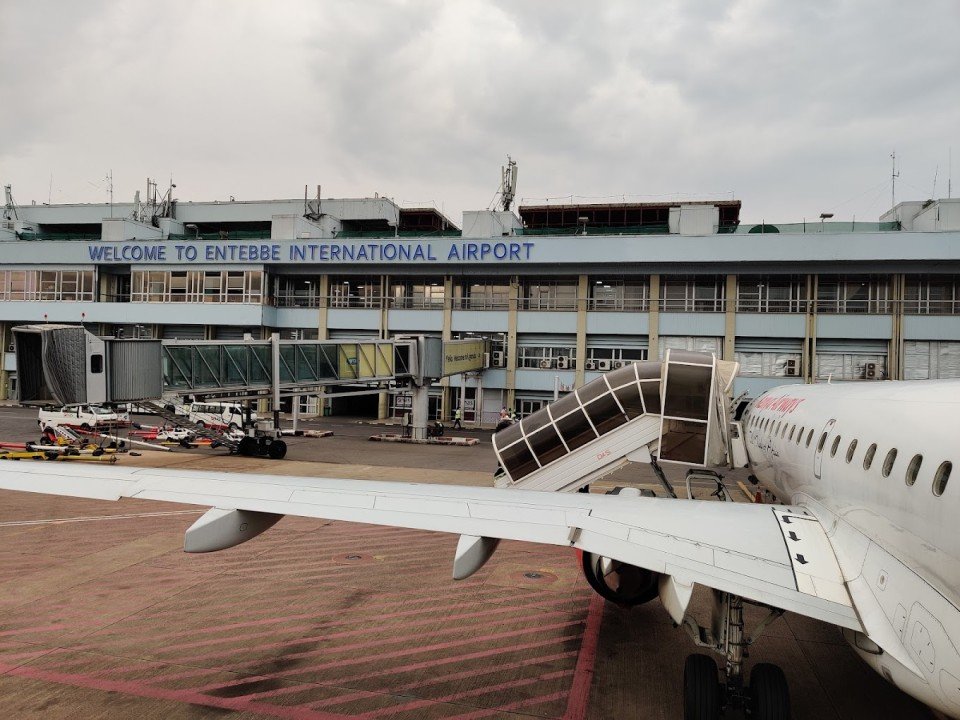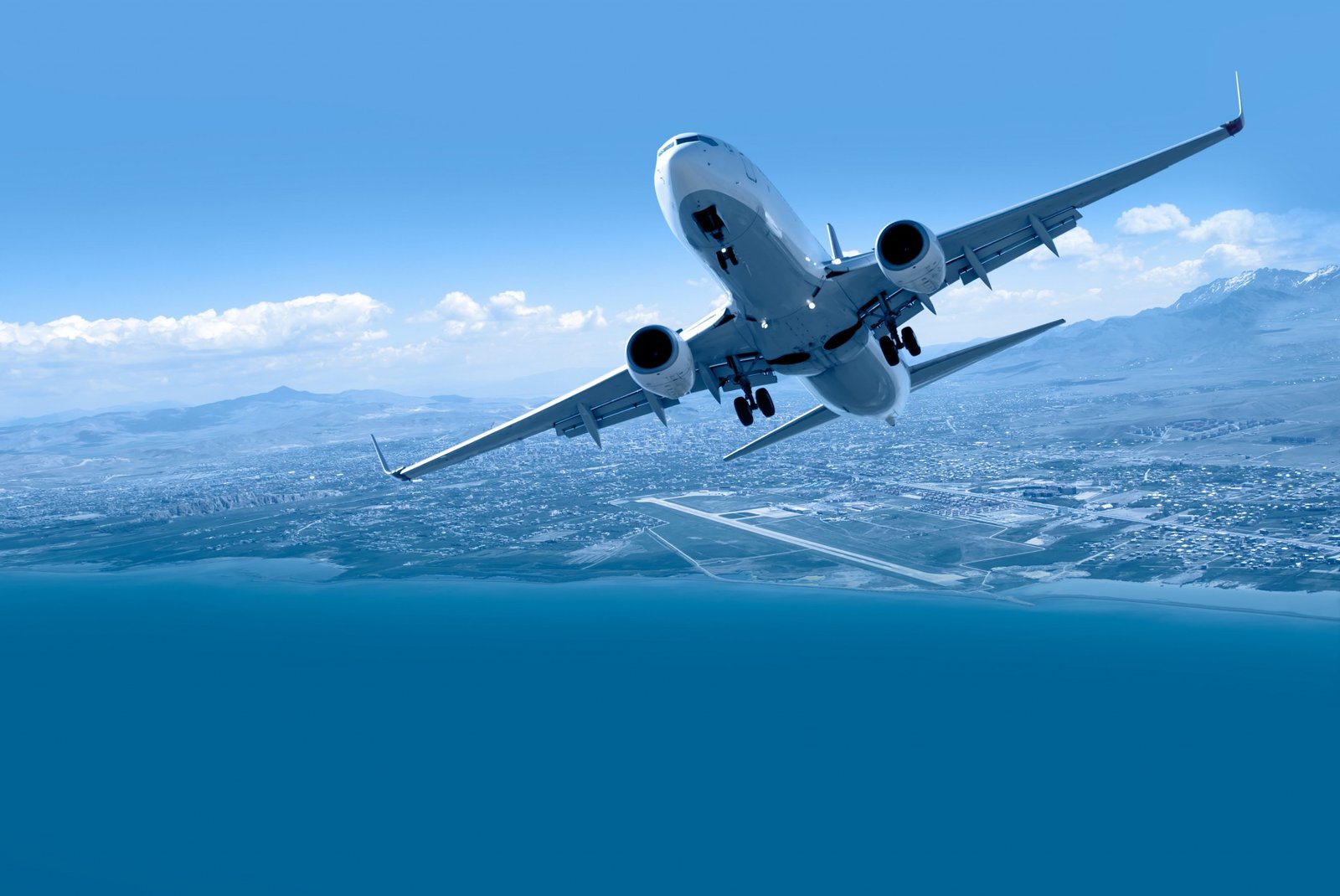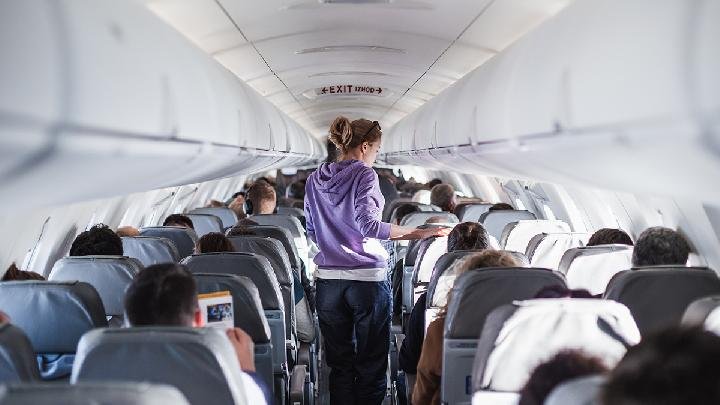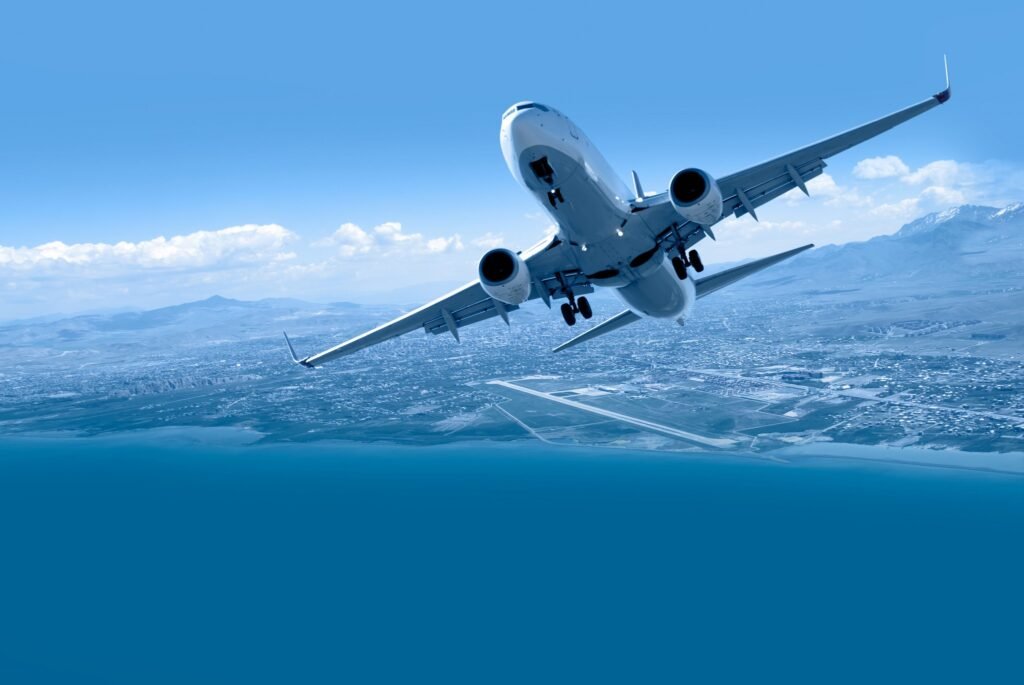Efficient air travel relies heavily on the quality and capacity of airport infrastructure. Airports are more than just terminals where passengers board and disembark aircraft; they are complex hubs that integrate technology, logistics, safety, and passenger comfort. As global air traffic continues to grow, the significance of robust airport infrastructure becomes even more pronounced in ensuring smooth operations and an enhanced travel experience.
The Role of Airport Infrastructure in Air Travel Efficiency
Airport infrastructure includes runways, taxiways, terminals, baggage handling systems, air traffic control facilities, parking lots, and access roads. Each of these components plays a pivotal role in the overall efficiency of air travel. Well-maintained runways and taxiways allow aircraft to take off and land safely and promptly, minimizing delays. Efficient terminals facilitate fast check-ins, security screenings, and boarding processes, reducing waiting times and congestion.
Moreover, modern baggage handling systems equipped with automated technologies decrease the chances of lost or delayed luggage, improving passenger satisfaction. Air traffic control towers equipped with advanced radar and communication systems help manage airspace more effectively, ensuring safe and timely flights.
Reducing Delays and Increasing Capacity
One of the biggest challenges in the aviation industry is minimizing delays caused by congestion and outdated facilities. Airports with insufficient infrastructure often struggle to manage growing passenger volumes, resulting in longer wait times, flight cancellations, and missed connections. By investing in expanded runways, additional gates, and advanced air traffic management systems, airports can increase their capacity and throughput.
For example, the introduction of parallel runways allows multiple aircraft to land and take off simultaneously, significantly reducing bottlenecks during peak hours. Similarly, upgrading terminal facilities to include more automated check-in kiosks and security lanes speeds up passenger processing, helping airlines keep their schedules on track.
Enhancing Passenger Experience
Airport infrastructure also directly impacts passenger comfort and convenience. Spacious terminals with clear signage, comfortable waiting areas, and ample amenities like restaurants, shops, and lounges make travel less stressful and more enjoyable. Efficient infrastructure design includes easy-to-navigate layouts, accessible transportation options, and sustainable features like energy-efficient buildings and waste management systems.
Technology integration, such as mobile apps for flight updates and digital boarding passes, further streamlines the passenger journey. Overall, a well-designed airport infrastructure contributes to a positive perception of air travel, encouraging more people to choose flying as their preferred mode of transportation.
Supporting Economic Growth and Connectivity
Beyond passenger convenience, airport infrastructure plays a vital role in economic development and global connectivity. Airports act as gateways for tourism, trade, and business, linking cities and countries worldwide. Efficient airports attract airlines to expand their routes, creating new opportunities for local economies and generating employment.
Investment in airport infrastructure often leads to improved regional development, as better connectivity facilitates business expansion and access to international markets. Governments and private stakeholders recognize this and increasingly prioritize infrastructure upgrades to stay competitive in the global aviation industry.
Future Trends in Airport Infrastructure
The future of airport infrastructure is closely tied to technological advancements and sustainability goals. Airports are adopting smart technologies such as biometric identification, artificial intelligence for predictive maintenance, and electric ground support vehicles to enhance efficiency while reducing environmental impact.
Sustainable design practices, including solar-powered terminals and green building materials, are becoming standard to meet stricter environmental regulations and public expectations. As passenger numbers grow, airports must continue evolving to balance efficiency, security, and environmental responsibility.
Conclusion
Airport infrastructure is a cornerstone of efficient air travel, impacting everything from flight punctuality to passenger satisfaction and economic growth. As air traffic volumes increase worldwide, investing in modern, well-planned infrastructure becomes essential for meeting demand and maintaining seamless operations. By focusing on infrastructure development, airports can ensure a safer, faster, and more enjoyable travel experience for millions of passengers every year.









